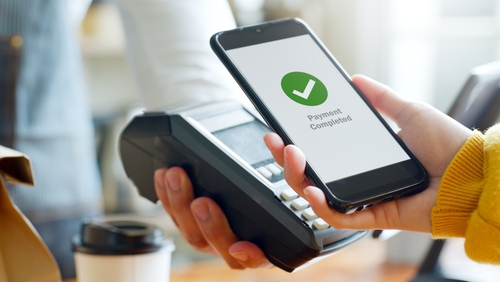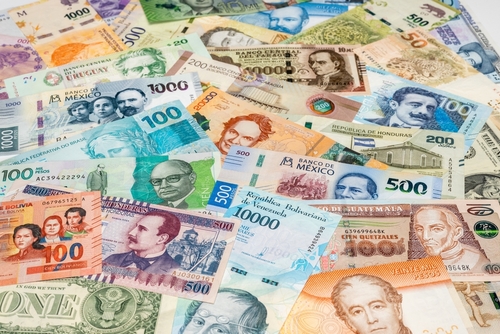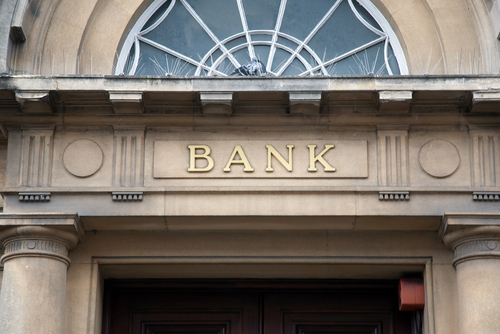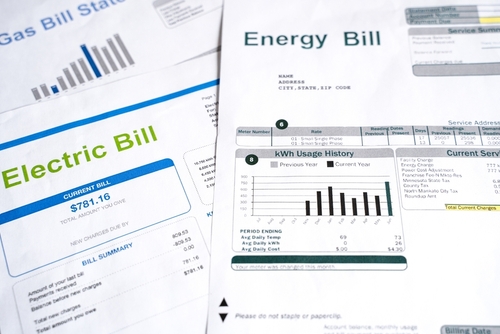Paying bills looks different depending on where you live. While many countries have embraced digital payment methods, others rely heavily on traditional systems like cash payments at physical locations. Understanding these differences matters whether you’re traveling, moving abroad, or sending money to family members who need to pay bills in their home countries.
From QR codes in China to kiosks in Latin America, each region has developed payment systems that work best for their infrastructure, banking systems, and cultural preferences. These methods reflect local needs, technological capabilities, and economic conditions.
Let’s explore how people around the world handle their monthly expenses and what drives these regional differences.
Digital-First Countries Leading the Way
Scandinavia: The Cashless Society
Nordic countries have almost eliminated cash from daily transactions. In Sweden, many businesses no longer accept physical money, and bill payments happen entirely through mobile banking apps or automatic bank transfers. Norwegian and Danish consumers similarly rely on digital platforms for utilities, rent, and subscription services.
These countries built robust banking infrastructure early and maintained high levels of trust in financial institutions. Government support for digital initiatives and widespread internet access accelerated the transition away from cash.
Asia-Pacific: QR Codes and Mobile Wallets
China revolutionized bill payments through QR code technology. Consumers scan codes to pay everything from restaurant bills to utility payments using WeChat Pay or Alipay. This system works seamlessly across urban and rural areas, requiring only a smartphone and internet connection.
South Korea follows a similar model, with most bill payments processed through mobile banking apps or digital wallets. Japan combines traditional methods with cutting-edge technology, offering both mobile payments and automated convenience store kiosks for bill payments.

Cash-Dominant Regions and Physical Payment Systems
Latin America: Kiosks and Corner Stores
Many Latin American countries rely heavily on physical payment locations. In Mexico, “Oxxo” convenience stores serve as payment centers where customers can pay utility bills, credit cards, and government services using cash. Similar systems exist throughout Central and South America.
These networks developed because traditional banking services weren’t accessible to everyone. Physical payment locations bridge the gap between formal financial systems and cash-based economies, serving communities where bank branches are scarce.
Sub-Saharan Africa: Mobile Money Revolution
While cash remains important, many African countries leapfrogged traditional banking through mobile money systems. Kenya’s M-Pesa allows users to pay bills directly from their phones without needing bank accounts. Similar services operate across Ghana, Tanzania, and other nations.
These systems work through partnerships with local utility companies and service providers, making bill payments accessible even in remote areas with limited banking infrastructure.

Traditional Systems Still Thriving
Europe: Bank Transfers and Direct Debits
Many European countries prefer automated bank transfers (called SEPA payments) for recurring bills. Customers set up direct debits for utilities, rent, and subscriptions, with payments automatically deducted from their accounts each month.
This system provides reliability and convenience while maintaining strong consumer protection regulations. European banking laws ensure customers can easily reverse unauthorized payments or cancel automatic arrangements.
Middle East: Mixed Approaches
Payment methods vary significantly across Middle Eastern countries. The UAE and Qatar offer advanced digital payment options alongside traditional cash systems. Other nations rely more heavily on bank visits, cash payments at utility offices, or authorized payment centers.
Banking penetration and government digital initiatives influence which methods dominate in each country. Urban areas typically offer more digital options than rural regions.

Factors Shaping Payment Preferences
Banking Infrastructure
Countries with widespread bank branch networks and ATM access tend to favor electronic transfers and card payments. Nations with limited banking infrastructure often develop alternative systems like mobile money or retail payment networks.
Internet and Smartphone Access
Digital bill payment requires reliable internet connectivity and smartphone ownership. Countries with strong telecommunications infrastructure can support sophisticated mobile payment apps and online banking platforms.
Government Policy and Regulation
Some governments actively promote cashless societies through tax incentives or regulatory frameworks. Others focus on financial inclusion through cash-friendly systems that serve unbanked populations.
Cultural Trust and Preferences
Consumer comfort with digital systems affects adoption rates. Some cultures prefer face-to-face transactions and physical receipts, while others quickly embrace new technologies that offer convenience and speed.
The Future of Global Bill Payments
Payment systems continue evolving as technology advances and consumer needs change. Artificial intelligence helps detect fraud and streamline payment processes. Blockchain technology may eventually enable faster, cheaper cross-border payments.
However, physical payment methods will likely persist in many regions. Cash-based systems serve important social and economic functions, particularly for people without access to traditional banking services.
Frequently Asked Questions
What happens if I need to pay bills while traveling internationally?
Most countries offer multiple payment options for visitors. Research local systems before traveling and consider carrying both cash and internationally accepted cards. Many hotels can assist with bill payments or direct you to appropriate payment locations.
Can I pay foreign bills from my home country?
This depends on your bank’s international services and the receiving country’s systems. Some international money transfer services specialize in foreign bill payments, particularly for utility companies in specific countries.
Why do some countries still prefer cash payments?
Cash payments offer privacy, don’t require bank accounts or credit checks, and work during power outages or system failures. They also help people budget by providing tangible spending limits.
Are digital payment systems safer than cash?
Digital payments offer transaction records and fraud protection, but they require secure systems and user education about online safety. Cash payments eliminate digital fraud risks but offer no recourse for theft or loss.
